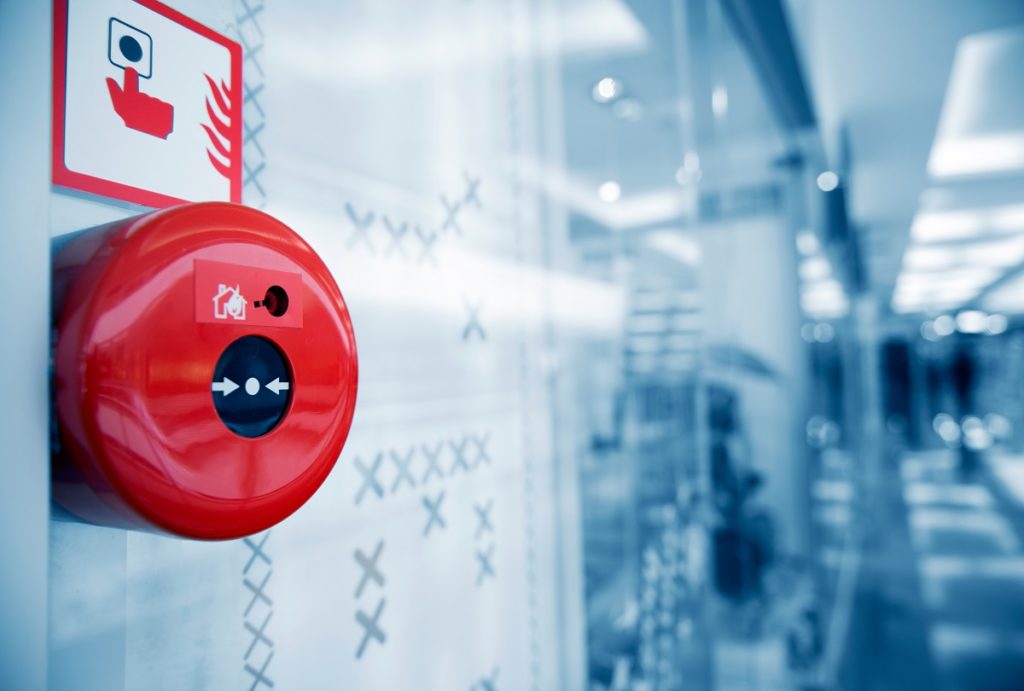Historically, the fire has always been a significant “tool” used in various daily tasks. Whether it’s cooking food as a source of heat or burning raw materials for energy, fire has played an essential role in human society.
Although fire has brought about various innovations, it’s also known for being a catalyst for several disasters. Although fire is known for being beneficial when it’s in a controlled environment, this can quickly get out of hand when most individuals are not aware of their surroundings. Forest fires, arson, industrial accidents, severe injuries, and deaths have been caused by fires that break out of control. This is one reason why many home and building owners will put a lot of emphasis on fire safety and prevention.
Since summer is fast approaching, the likelihood of fires starting will significantly increase, especially when ambient environmental temperatures reach high levels. In fact, the peak in temperatures last year resulted in one of the largest wildfires in California and the United States. With the likelihood of fires significantly increasing during summer, we must discuss ways of discerning and preventing fire hazards, especially in public and commercial areas. Here’s what you’ll need to know.
Fire Prevention Triangle
But before anything else, we have to discuss one of the most important parts of fire safety: the fire prevention triangle. As the name suggests, this is a visual representation of what causes fires.
There are four main components to a fire:
- Oxygen – Fires will need oxygen to combust. Most fires won’t be able to spread if they’re in a vacuum.
- Fuel – For a fire to start, the release of energy from fuels is needed. Fuel can come from many sources. Most of the time, construction materials used on homes and buildings, such as wood, can be considered fuel. This is why most manufacturing and industrial facilities will use metal instead.
- Heat – Heat has always been a catalyst for fires. This can come in many forms. In most cases, forest fires are caused by bolts of lightning, human intervention in the form of disposed of cigarettes, and sunlight that has been magnified.
- Chemical reaction – Other than the three, certain types of chemicals will react violently when content with other chemicals. In most cases, this can cause explosions. Theoretically, fire is a chemical reaction where energy is being released from fields. The combination of raw materials (fuel), heat, and oxygen can cause combustion.
When you’re assessing fire hazards in your area, it’s important to ensure that there’s at least one component that’s missing. If there is high ambient heat in the area, then any fuel should be removed and stored in a cool place. In some industrial facilities, oxygen will be vacuumed off containers and storage to ensure that it does not need any fire.

Minimizing Risks and Preventive Measures
Although various materials are flammable and could potentially be fire hazards, there are also many strategies and preventive measures that you can incorporate into your home or your commercial establishment. Here’s what you’ll need to know.
Proper Facility Management
Technology has played a key role in different parts of our daily lives. The same can be said when it comes to safety and security, both at home and the workplace. Almost all types of safety and security systems that are in use today are connected to computers and home systems to mitigate any dangers and hazards.
But one of the most important ways of mitigating fire hazards is by proper facility management and maintenance. To ensure that fires are kept at a minimum, you might want to consider investing in a highly-advanced potter fire system. This system is known for providing facility management tools that will help you draw up fire escape plans, providing much-needed CO, heat, fire sensors, and fire alarm panels.
Planning an Escape Plan
Every 88 seconds, a home will have some form of an uncontrolled fire. It’s important to remember that lives are more important than belongings or just about any facility. Most fires, especially among homes primarily made of wood, can spread in just a few minutes. That said, having a fire exit plan can help ensure that everyone is safe.
There are a variety of ways to mitigate the effects of fires in your area. Although you might be confident that your living space or workplace might be safe, one can’t be too careful when it comes to safety. Whether you’re developing a fire escape plan, using a fire extinguisher, or installing an automated fire detection system, preventing and being able to put out a fire before it spirals out of control is the best course of action.


